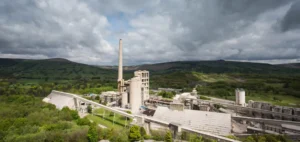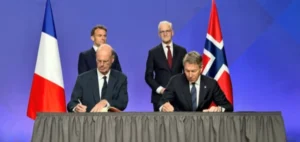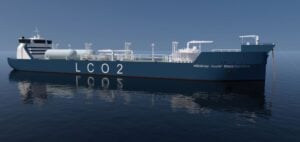Carbon prices are on an upward trajectory in regulated markets, notably in Europe and the USA, supported by robust demand and supply constraints.
Meanwhile, the voluntary carbon market is struggling to gain ground due to the slow adoption of high integrity standards and a persistent lack of liquidity.
The widening gap between these two market segments reflects contrasting dynamics, influenced by distinct structural and regulatory factors.
Regulated markets boosted by demand and geopolitical tensions
In August, prices for European Union Emissions Trading Scheme (EU ETS) allowances hit record highs, driven by steady demand from the energy and industrial sectors.
The rise was also fuelled by geopolitical tensions in Ukraine and the Middle East, which strengthened the gas market, directly influencing the price of EU Allowances (EUA).
This close correlation between natural gas prices and European carbon allowance prices highlights the EU ETS’s dependence on regional energy stability.
In the United States, the Regional Greenhouse Gas Initiative (RGGI) recorded record prices of $27.47 per allowance in mid-August, ahead of the third-quarter auction.
These increases are attributable to demand exceeding established emissions caps, coupled with a depletion of available allowance reserves since the first quarter of the year.
Analysts expect this tight market situation to persist over the next two years, with average prices projected at $22.9 per allowance in 2024.
The structural challenges of the voluntary carbon market
The voluntary carbon market, on the other hand, faces significant challenges.
Carbon credits from renewable energy projects, for example, saw their prices fall in August to a low of $1.327 per metric tonne of CO2 equivalent.
This was due to the failure of the Integrity Council for Voluntary Carbon Markets to endorse the high-integrity Core Carbon Principles (CCP), due to concerns about project additionality.
The slow adoption of these integrity standards is creating uncertainty among investors and market players, slowing the development of new projects.
Despite the drop in prices, renewable energy projects continued to lead credit issuance on the voluntary market for the month of August, with 16.9 million metric tons of credits issued.
This figure is down on the 21.4 million metric tons recorded in July, indicating a stagnation in demand.
This slowdown highlights the need to clarify credit quality criteria in order to restore buyer confidence.
Expectations and prospects for better regulation of the voluntary market
Lack of clarity on CCP labelling criteria remains a major obstacle to the growth of the voluntary market.
According to industry experts, the Integrity Council for Voluntary Carbon Markets (ICVCM) is struggling to define universally recognized standards, which is delaying the development of high-quality credits.
Several project methodologies, such as improved forest management (REDD+), afforestation, reforestation and revegetation, are awaiting approval to receive the CCP label.
Market players are hopeful that this slowness will be overcome, and that new credit categories will see the light of day by the end of the year.
Speaking on the sidelines of the Innovate 4 Climate conference in Berlin, Hania Dawood, Head of Climate Finance and Economics at the World Bank, emphasized that the market is beginning to unite around the Core Carbon Principles.
However, she warns that the process of adopting these principles and establishing effective governance will remain significant challenges in the years to come.
The need for structural reform to ensure credibility
For the voluntary carbon market to grow sustainably, structural reform is needed to ensure the credibility and integrity of credits.
High-quality criteria need to be clarified and uniformly applied to avoid practices that compromise the additionality and climate efficiency of projects.
This transformation could create a more predictable market environment, boosting investor confidence and diversifying the range of credits available.
The long-term prospects for the carbon market, whether regulated or voluntary, depend largely on the ability of regulators and stakeholders to adapt to new economic and geopolitical realities.
Effective coordination between the various players and clear regulation will be essential to stabilize prices and reinforce the credibility of carbon offset mechanisms.





















